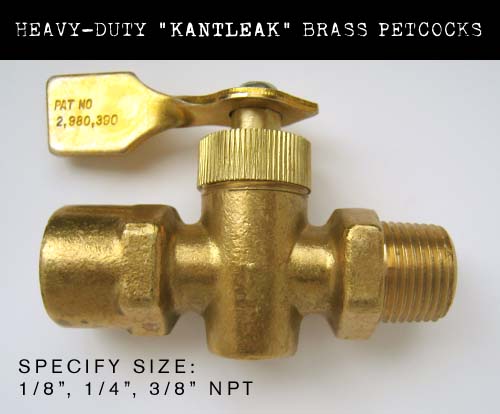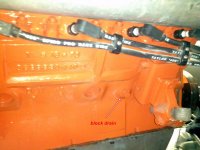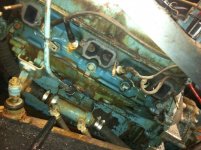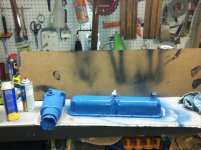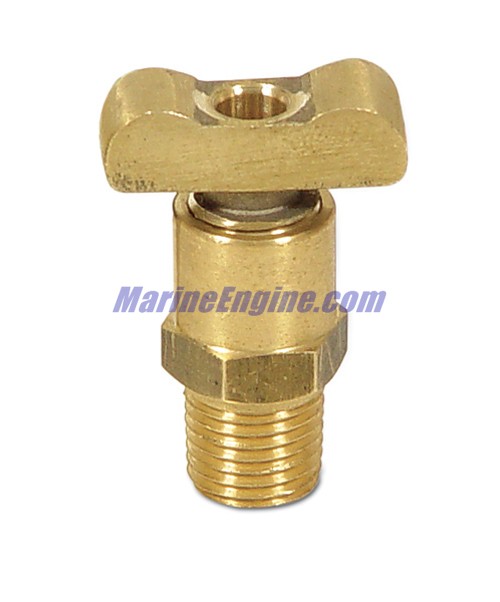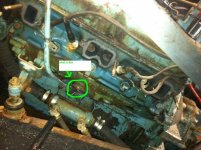stevemiller333
Contributing Member
Hello Everybody.
I am about to replace the exhaust manifolds on my 75' Century Resorter with the Chrysler 340 V8. It has the log type manifolds with 20 degree elbows. I ordered all new manifolds, risers, end caps, and end cap installation kits. I thought I got a pretty good deal at $706 shipped for everything.
I was wondering if anyone has any tips or things to look out for when I do the job? The original manifold bolts have been replaced along the way with cadmium studs which I am going to use as they are in great shape. It looks like the previous owner had the gaskets done recently and either kept the old manifolds, or replaced them with leaky used ones because they both leak a little water from cracks in the cast iron visible from the outside.
Any advice would be very much appreciated, I will have my father there to help I hear they are pretty heavy.
I am about to replace the exhaust manifolds on my 75' Century Resorter with the Chrysler 340 V8. It has the log type manifolds with 20 degree elbows. I ordered all new manifolds, risers, end caps, and end cap installation kits. I thought I got a pretty good deal at $706 shipped for everything.
I was wondering if anyone has any tips or things to look out for when I do the job? The original manifold bolts have been replaced along the way with cadmium studs which I am going to use as they are in great shape. It looks like the previous owner had the gaskets done recently and either kept the old manifolds, or replaced them with leaky used ones because they both leak a little water from cracks in the cast iron visible from the outside.
Any advice would be very much appreciated, I will have my father there to help I hear they are pretty heavy.


